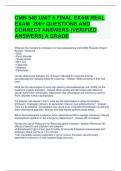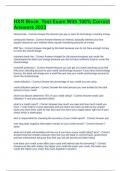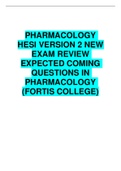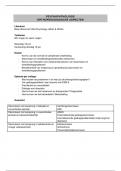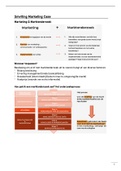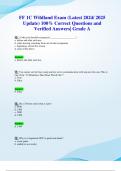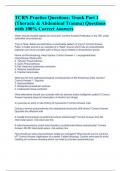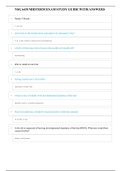Exam (elaborations)
CMN 548 UNIT 5 FINAL EXAM REAL EXAM 200+ QUESTIONS AND CORRECT ANSWERS (VERIFIED ANSWERS) A GRADE
- Course
- Institution
CMN 548 UNIT 5 FINAL EXAM REAL EXAM 200+ QUESTIONS AND CORRECT ANSWERS (VERIFIED ANSWERS) A GRADE What are the therapeutic indications for benzodiazepines and GABA Receptor drugs? - Answer-• Insomnia • GAD • Panic disorder • Social phobia • BP 1 & 2 • Catanonia • Akathisia ...
[Show more]
